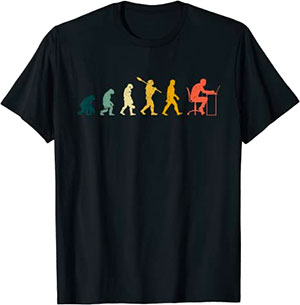Today we’ll be using JavaScript to change a website favicon dynamically. There are a number of reasons for wanting to do this but for the purposes of this tutorial we’ll be creating a script that changes the favicon on certain days of the year.
First thing we need to do is get the current month and day:
const [month, day] = new Date().toLocaleDateString("en-US").split("/");Code language: JavaScript (javascript)This returns a 2-4 digit string containing the month and day which we’ll use to check against a series of predefined dates using the same date format:
let favicon;
switch (month + day) {
case "214":
favicon = "💕";
break;
case "1031":
favicon = "🎃";
break;
case "1225":
favicon = "🎅🏼";
break;
default:
favicon = "🌐";
}Code language: JavaScript (javascript)The dates used are Valentines Day (Feb 14th), Halloween (Oct 31st), and Christmas (Dec 25th). If the current date doesn’t match any of these it’ll fall back to a default favicon.
Now we just need to insert the favicon into the <head> of the document:
const dynamicFavicon = (favicon) => {
const link = document.createElement("link");
link.rel = "shortcut icon";
link.type = "image/svg+xml";
link.href =
"data:image/svg+xml,
<svg xmlns=%22http://www.w3.org/2000/svg%22 viewBox=%220 0 100 100%22>
<text y=%22.9em%22 font-size=%2290%22>" +
favicon +
"</text></svg>";
document.head.appendChild(link);
};
dynamicFavicon(favicon);Code language: JavaScript (javascript)As we’re using emojis for the favicon they must be within a SVG <text> element to render correctly. You can test each of the different favicon’s by switching out the holiday date with the current date. More emojis can be found at Emojipedia.




